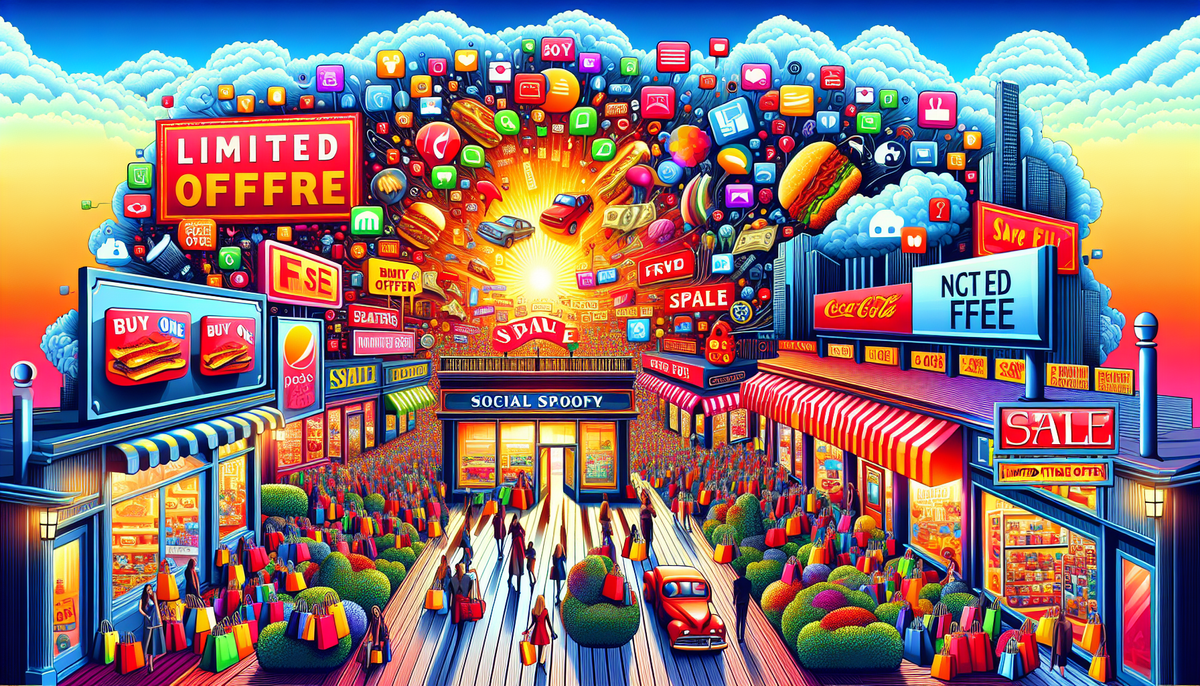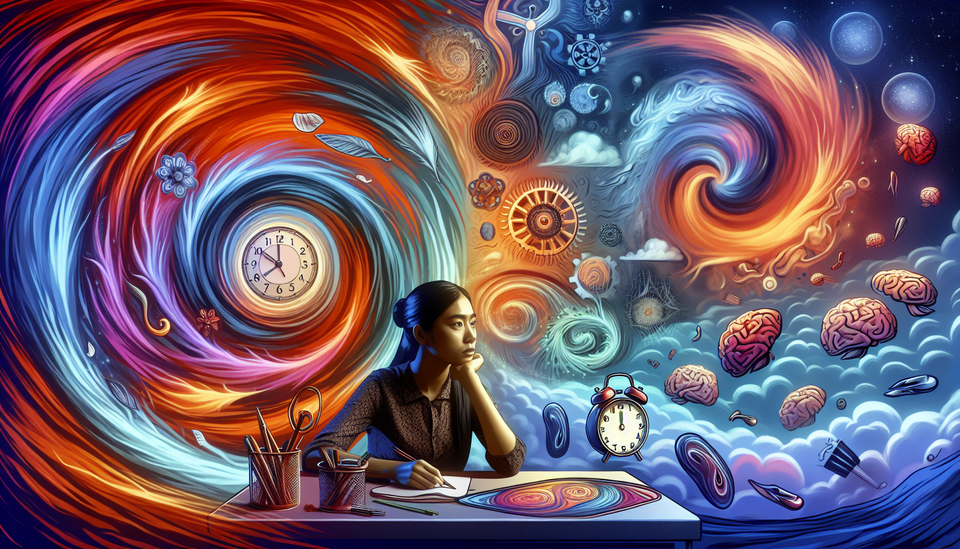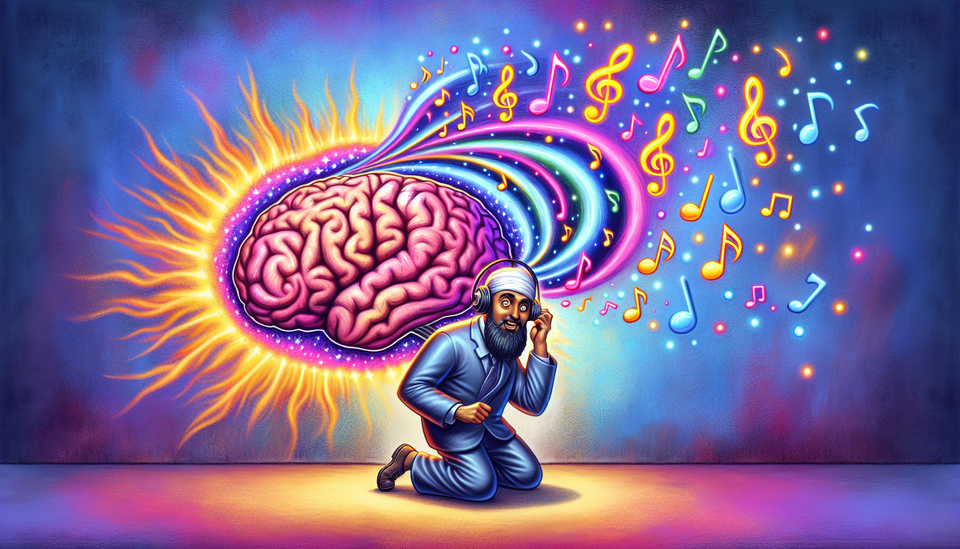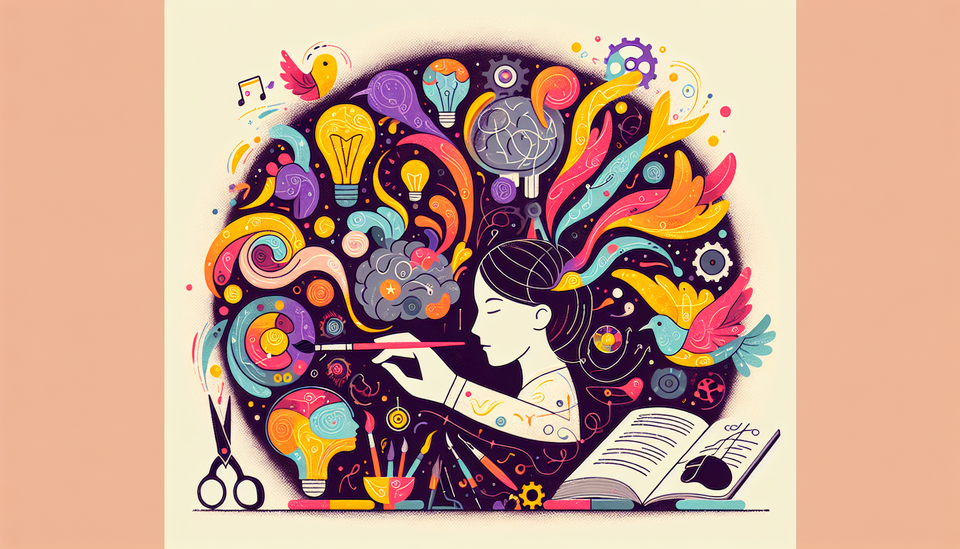Discover the Secret Tricks Advertisers Use to Make You Buy More!
Advertisers are playing mind games, and you're the target! Discover the 7 psychological tricks that make you spend more—without even realizing it. From color manipulation to FOMO, learn how to spot these tactics and outsmart them before your wallet takes

7 Sneaky Tricks Advertisers Use to Make You Buy More (And How to Outsmart Them)
Ever caught yourself buying something you definitely didn’t need, and then wondered, “Wait, why did I even buy this?” Yeah, same. Whether it’s that random gadget from a late-night infomercial or the 12-pack of gum you grabbed at the checkout, advertisers are pros at making us feel like we need stuff we didn’t even know existed five seconds ago.
But here’s the thing: they’re not just lucky. They’re using some seriously sneaky psychological tricks to get inside our heads. And once you know these tricks, you’ll start seeing them everywhere. Ready to dive in? Let’s crack open the toolbox of advertising magic.
1. Color Psychology: Red = Hungry, Blue = Trust
Ever notice how fast food places love using red and yellow in their logos? That’s not just a coincidence. It’s called color psychology, and it’s all about how different colors make us feel.
- Red: Makes you feel excited, even hungry. That’s why it’s all over fast food ads. Next time you see a bright red burger ad, just know your belly’s rumbling because they’ve trained your brain to react that way.
- Blue: Gives off calm, trustworthy vibes. That’s why banks and tech companies love it. They want you to feel safe and secure when you hand over your money.
So, next time you’re scrolling and see a red ad for pizza, just remember: it’s not just your stomach talking—it’s the color tricking your brain.
2. Social Proof: Everyone’s Doing It, So You Should Too
Ever see an ad for something, and then suddenly everyone on Instagram is wearing it or using it? That’s called social proof—the idea that if everyone else is doing something, you probably should too.
Advertisers love this trick because it makes us feel like we’re missing out if we don’t jump on the bandwagon. It’s why influencers are always showing off the latest products. You see them using it, and suddenly you’re like, “Wait, do I need this too?”
Story-time: Remember that one time you bought a super hyped product just because you saw it all over social media? Yeah, that wasn’t just coincidence. That was a strategy.
3. Scarcity Effect: “Limited Time Only!” (AKA FOMO)
“BUY NOW! LIMITED TIME ONLY!”—Sound familiar? That’s the scarcity effect in action. When something seems like it’s in short supply, we freak out and feel like we have to get it before it’s gone forever.
This taps into our FOMO (Fear of Missing Out). It’s why Black Friday sales make people go wild for things they don’t even need. Have you ever bought something just because it was “limited edition”? Yep, that’s scarcity poking your brain.
4. The Power of Free: “Free” = Brain Goes Bananas
Fact: The word “free” makes our brains go bananas. How many times have you picked up a free sample or entered a giveaway, not because you wanted the item, but because, hey, it’s FREE?
Advertisers know this and use it to their advantage. “Buy one, get one free” deals? They know once you try the product, you’re more likely to buy more later. It’s like a little taste of what’s to come, and your brain is all in.
Fun twist: IKEA’s genius move. They make you work to assemble your furniture, and because you’ve put in the effort, you value it more. It’s called the IKEA Effect—people love things more when they’ve had a hand in creating them.
5. Anchoring: That “Sale” Price Isn’t What You Think
Here’s a sneaky one: anchoring. When stores set an initial price for something—say, $100—they anchor that number in your brain. Then, when they drop the price to $50, it feels like a crazy good deal in comparison. But guess what? $50 might’ve been the price they wanted you to pay all along.
You’re just tricked because now it seems cheaper compared to that original price. It’s like when you see a $300 handbag after looking at a $1,000 one. Suddenly, $300 feels like a steal—even though it’s still pretty pricey.
6. Emotion Over Logic: All the Feels, None of the Facts
Ever watch a commercial that barely even talks about the product, but it makes you feel all the feels? Like those heartwarming holiday ads where a family comes together, and oh look, they’re using this specific brand of chocolate.
That’s because advertisers love to tap into our emotions, not logic. They know that if they can make you feel something—whether it’s happiness, nostalgia, or even sadness—you’re more likely to remember their product. One second you’re tearing up over a cute dog, and the next you’re buying chocolate you didn’t even need.
7. The Magic of Music: Jingles That Stick
Ahh, music. There’s a reason those catchy jingles get stuck in your head for days. Simple songs or even background music can make us remember products longer. It’s all about creating associations between sounds and feelings.
Ever notice how upbeat music in stores makes you shop longer? Or how certain songs in ads make you feel nostalgic? That’s no accident. Music is a powerful tool to trigger emotions and keep products top of mind.
Relatable Example: I bet you can start singing the Kit Kat jingle right now. “Gimme a break, gimme a break…” Yep, it’s stuck in your head again.
So, Why Does This Matter?
Now that you know these tricks, you can be more aware of when they’re happening. Next time you’re watching a commercial or scrolling through your feed, you can say, “Aha! That’s social proof!” or “Wow, they’re hitting me with scarcity!”
Advertisers are clever, but YOU can be too. Being aware of these strategies can help you make smarter decisions and maybe not get drawn into every sale that pops up on your screen (though, let’s be real, we all still fall for a sale now and then—I see you, $10 candles).
How Many Tricks Are Going on Right Now?
Seriously, the next time you go to a mall or scroll through your feed, start counting how many of these tricks you notice. You’ll be shocked at how often color psychology, social proof, and the scarcity effect are sneaking into your everyday life.
And just for fun, ask yourself: “How many times have I fallen for them this week?”
🛒😏 Did you know even knowing about these tricks doesn’t necessarily mean you’ll stop falling for them? The brain loves what it loves!



